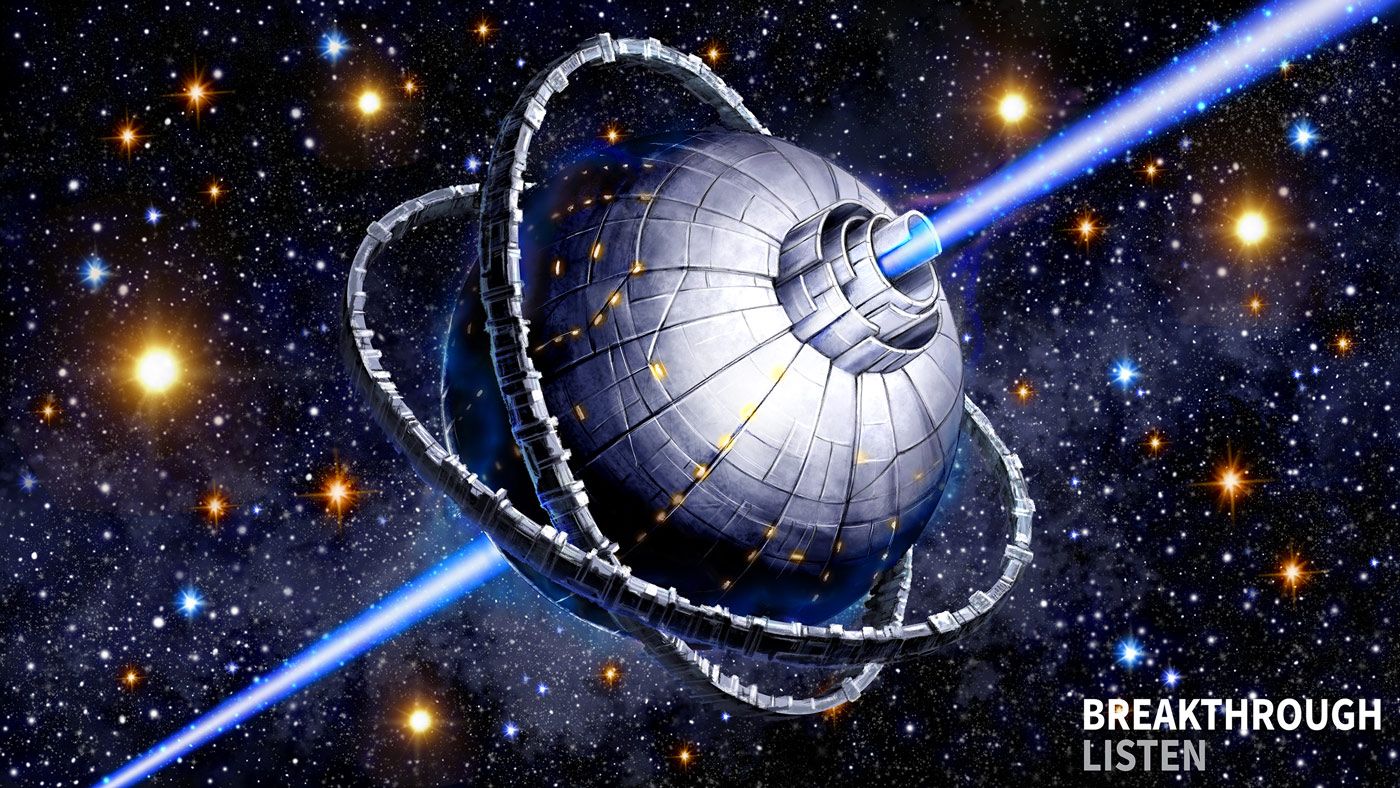BLIPSS is a collaboration between Cornell University, the SETI Institute, and Breakthrough Listen. By directing their focus towards the central region of the Milky Way, with its dense congregation of stars and possibly habitable exoplanets, the BLIPSS team amplifies the odds of capturing compelling evidence of extraterrestrial technology. If an alien civilization wanted to communicate with other civilizations throughout the Milky Way, the galaxy’s core holds potential as a strategic site for a beacon.
“BLIPSS showcases the cutting-edge potential of software as a science multiplier for SETI,” said Suresh.
SETI Institute Astronomer Dr. Vishal Gajjar is one of Suresh’s advisors on the project. “Until now, radio SETI has primarily dedicated its efforts to the search for continuous signals,” said Gajjar. “Our study sheds light on the remarkable energy efficiency of a train of pulses as a means of interstellar communication across vast distances. Notably, this study marks the first-ever comprehensive endeavor to conduct in-depth searches for these signals.”
The team began by testing their algorithm on known pulsars, successfully detecting the expected periodic emissions. Subsequently, they turned their attention to a dataset of scans of the Galactic Center captured by the Breakthrough Listen instrument on the Green Bank Telescope (GBT) in West Virginia. Unlike pulsars, which emit signals across a broad range of radio frequencies, BLIPSS narrowed its search to repeating signals within a narrower frequency range—covering less than a tenth of the width of an average FM radio station.
Dr. Steve Croft, the Breakthrough Listen Project Scientist for GBT and Adjunct Senior Astronomer at the SETI Institute, highlighted the significance of this approach, as it combines narrow bandwidths with periodic patterns that could signify deliberate technological activities by intelligent civilizations. Suresh’s technique presents a novel methodology to sift through this metaphorical haystack, enabling the team to identify tantalizing evidence of advanced extraterrestrial life forms.
A PDF of the paper (accepted for publication in the Astronomical Journal), links to the datasets examined, and an artist’s conception of an artificial periodic transmitter are available at https://seti.berkeley.edu/blipss/.


